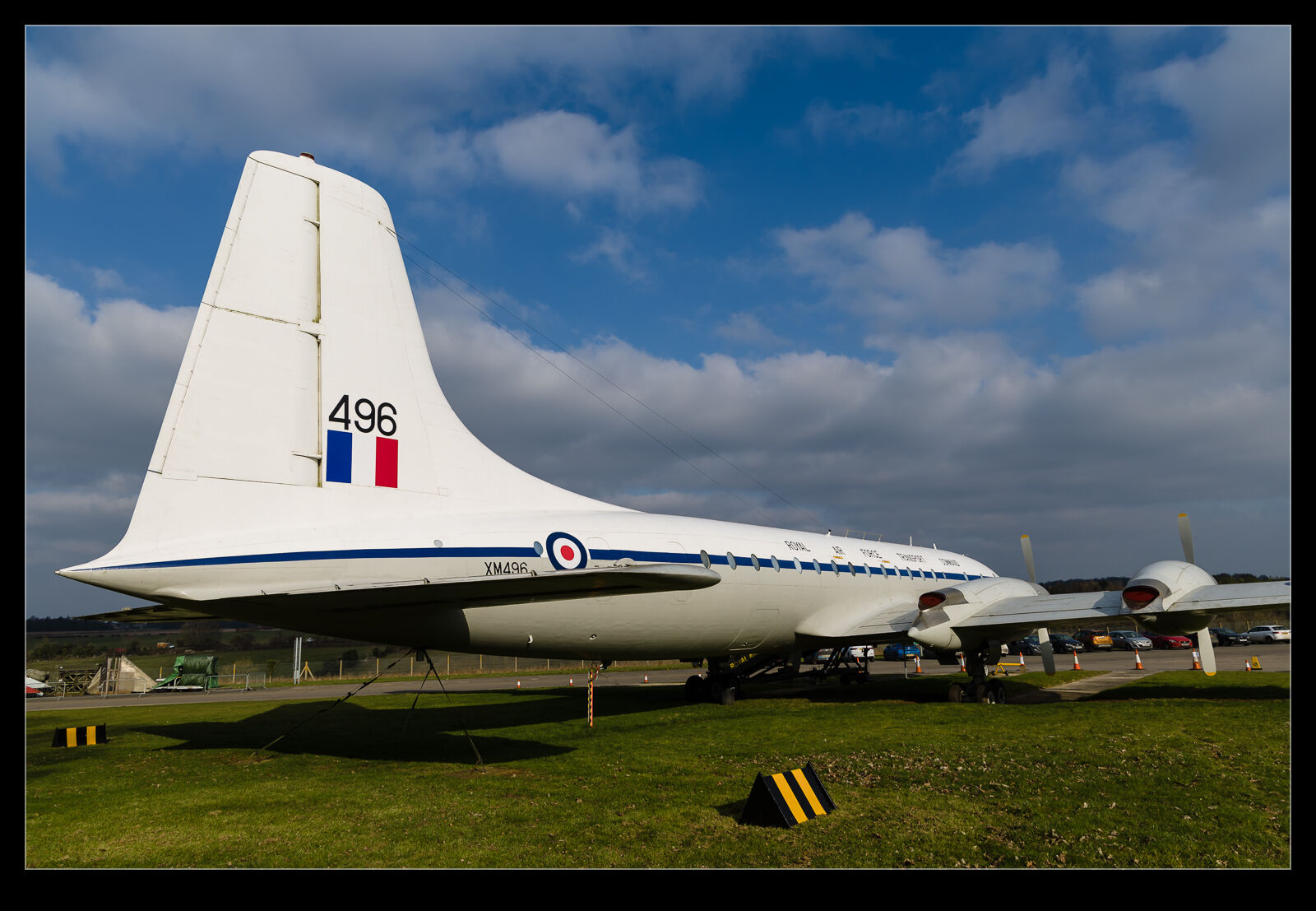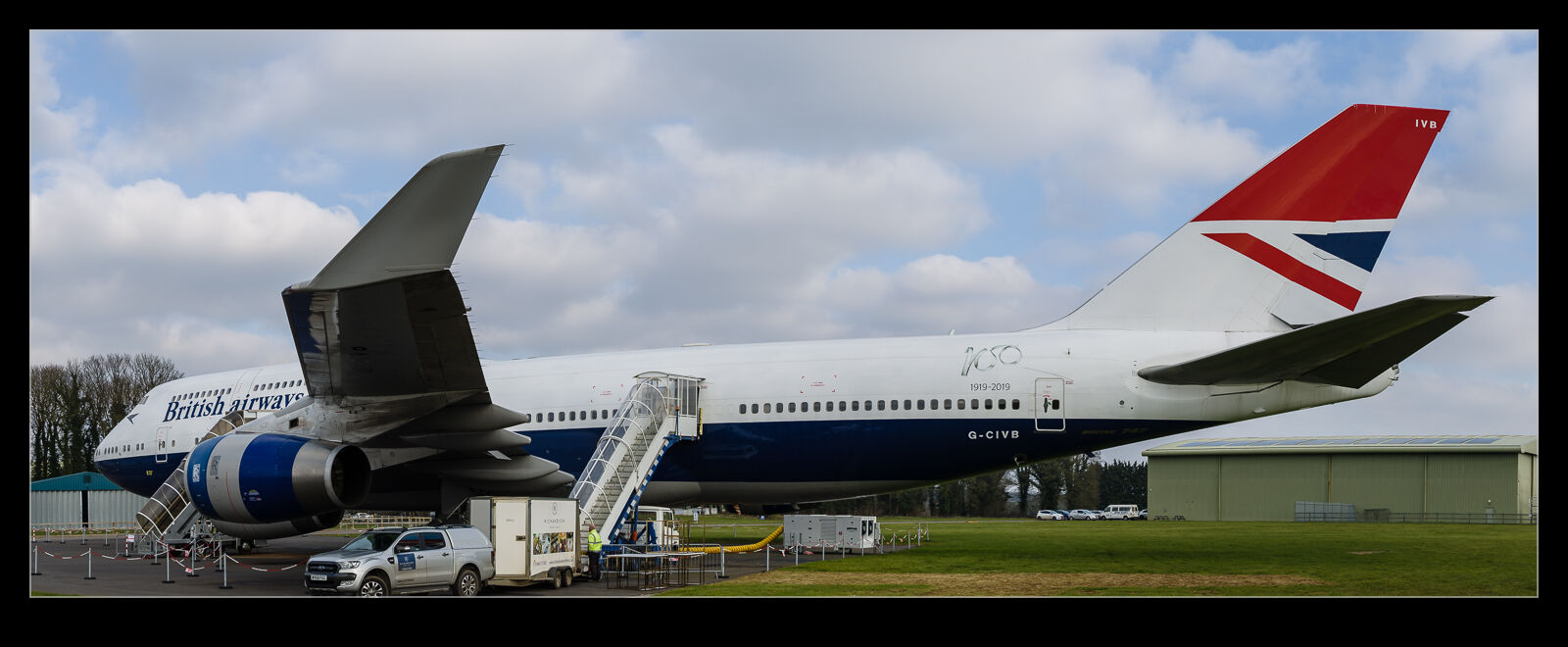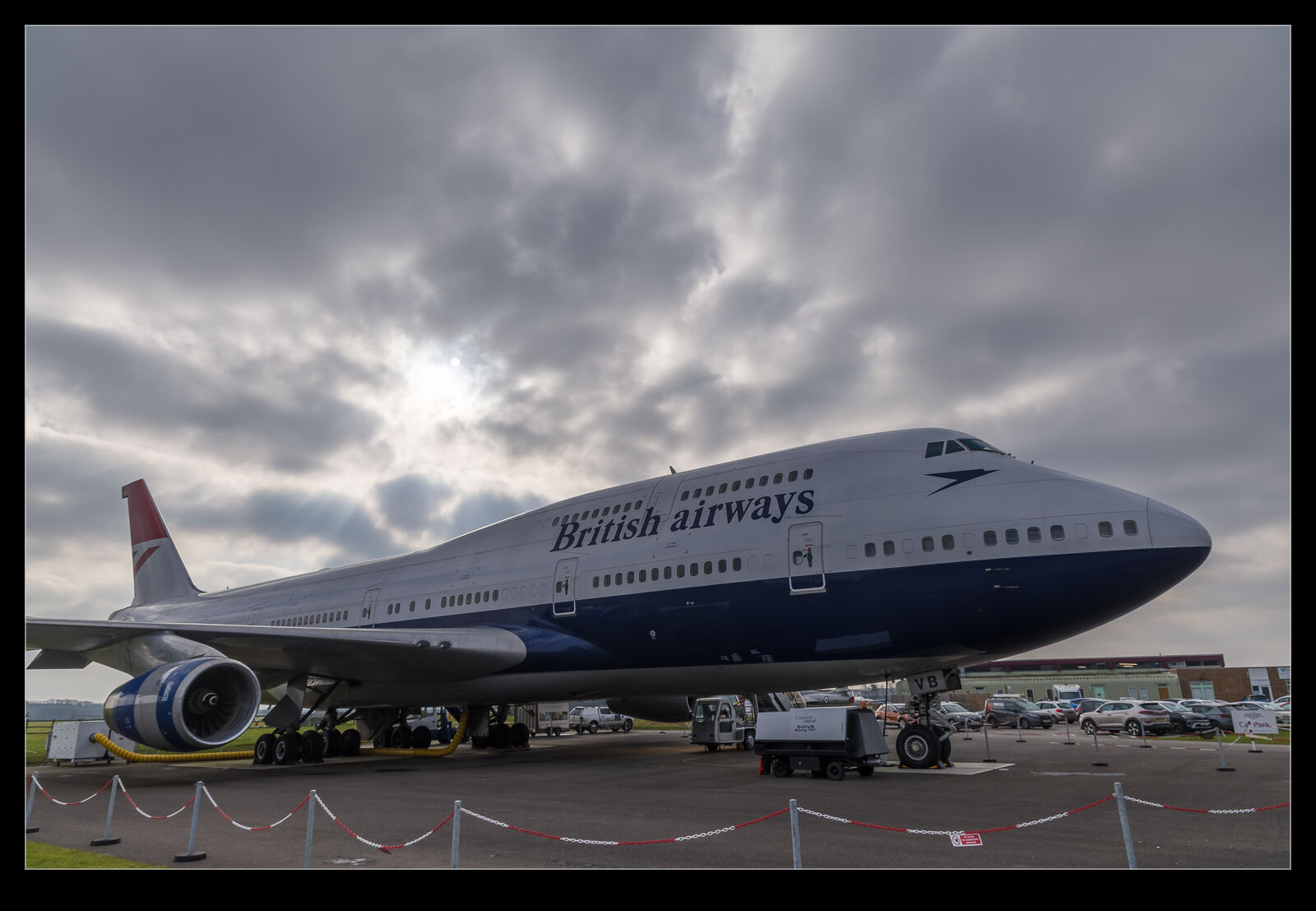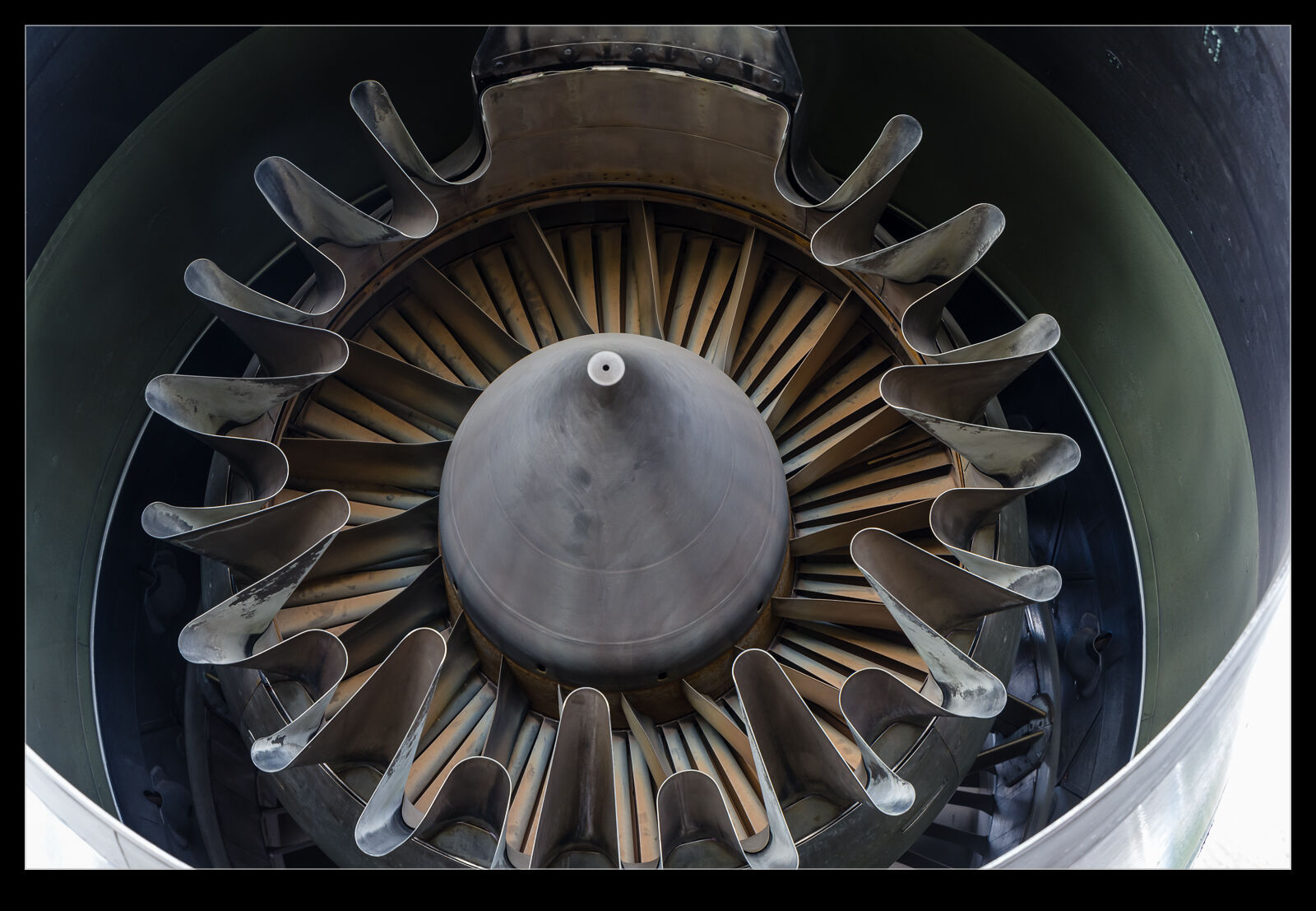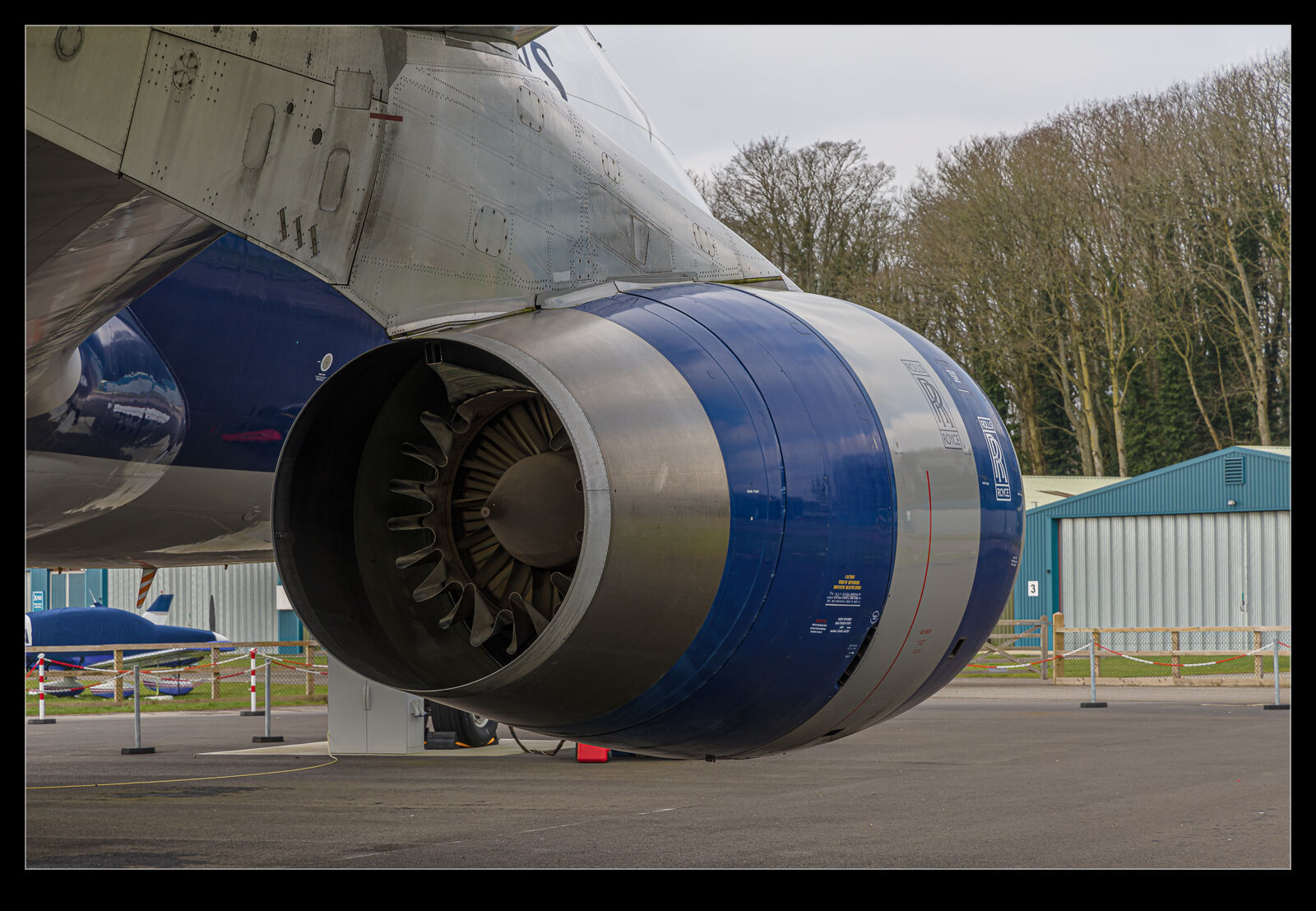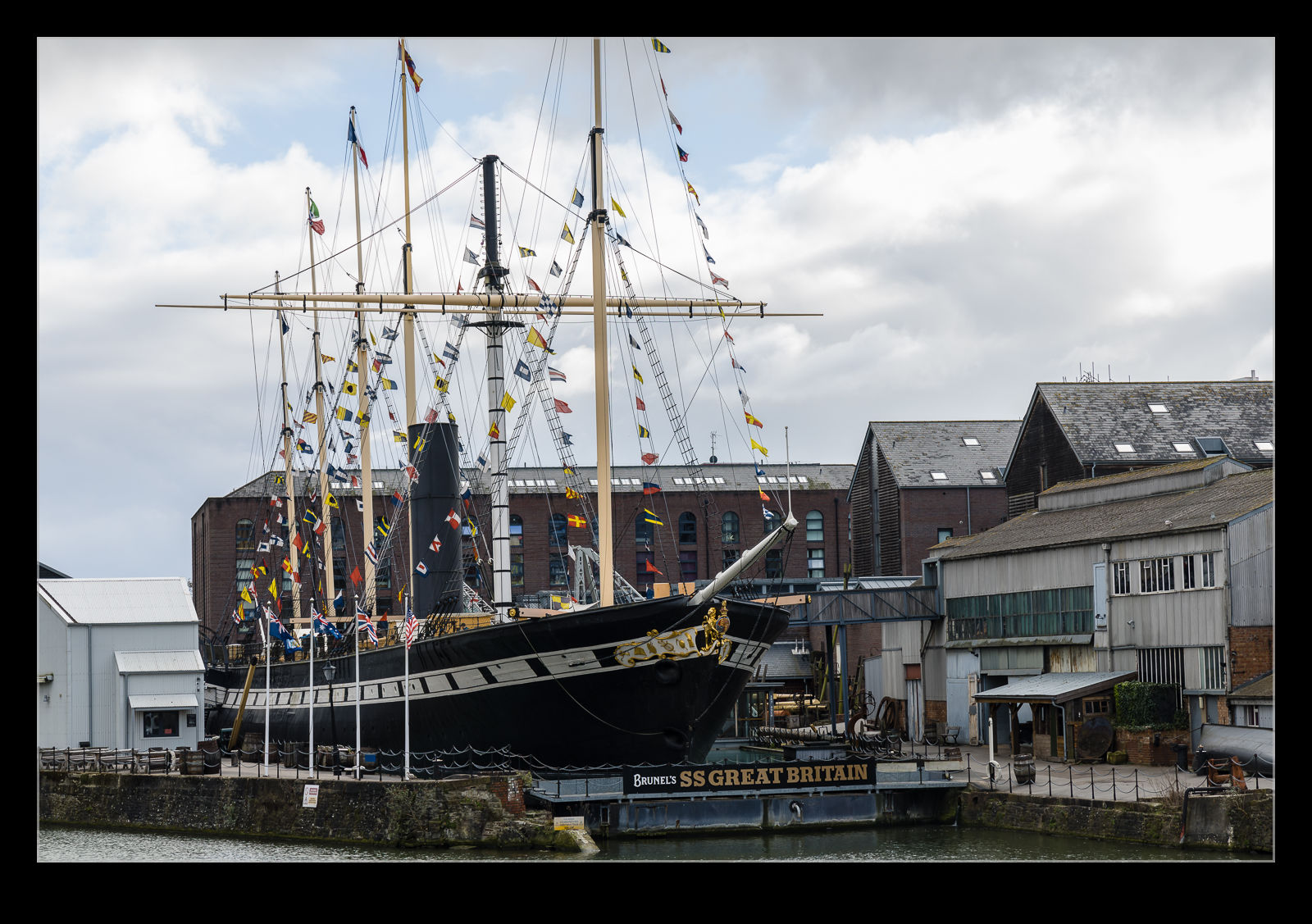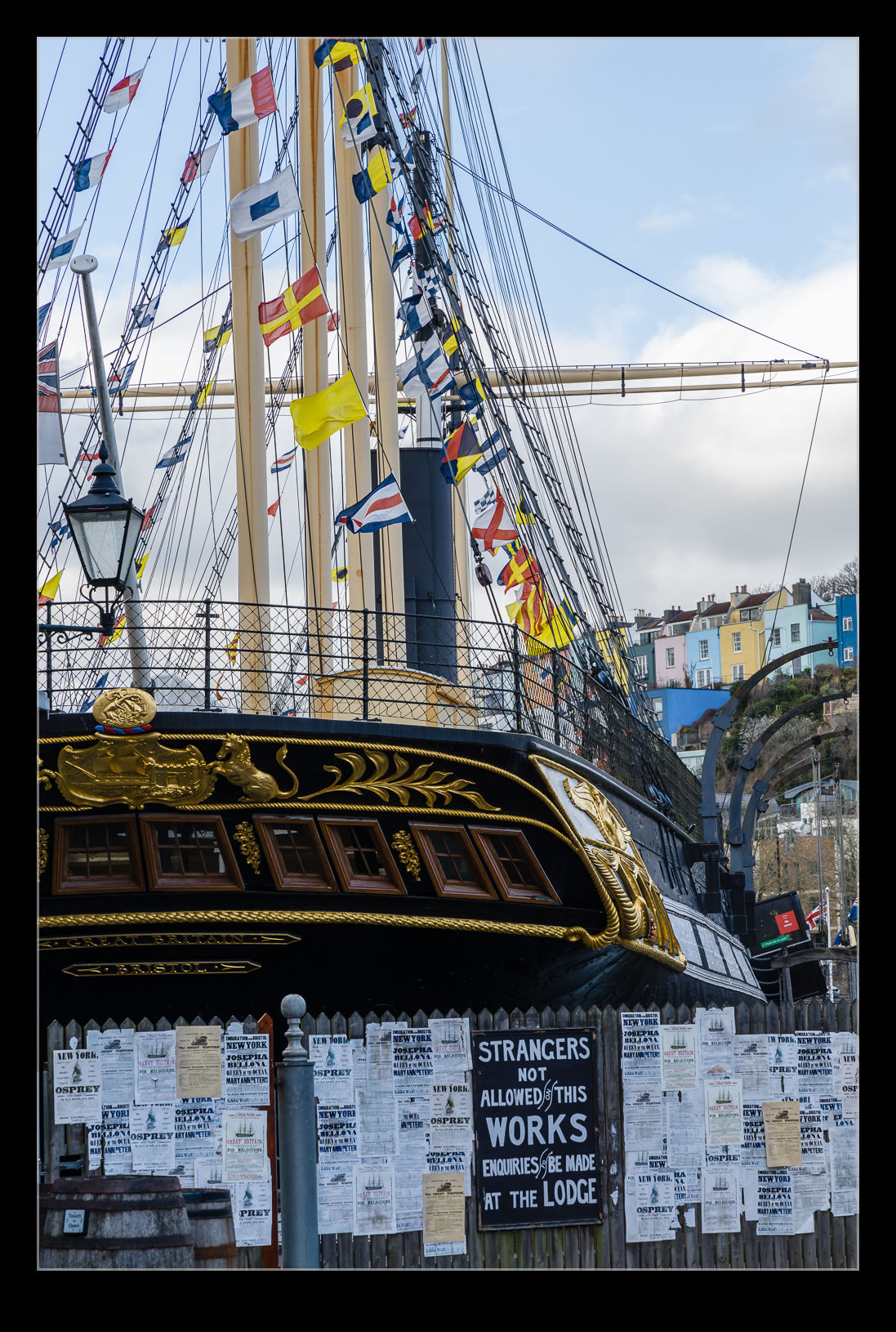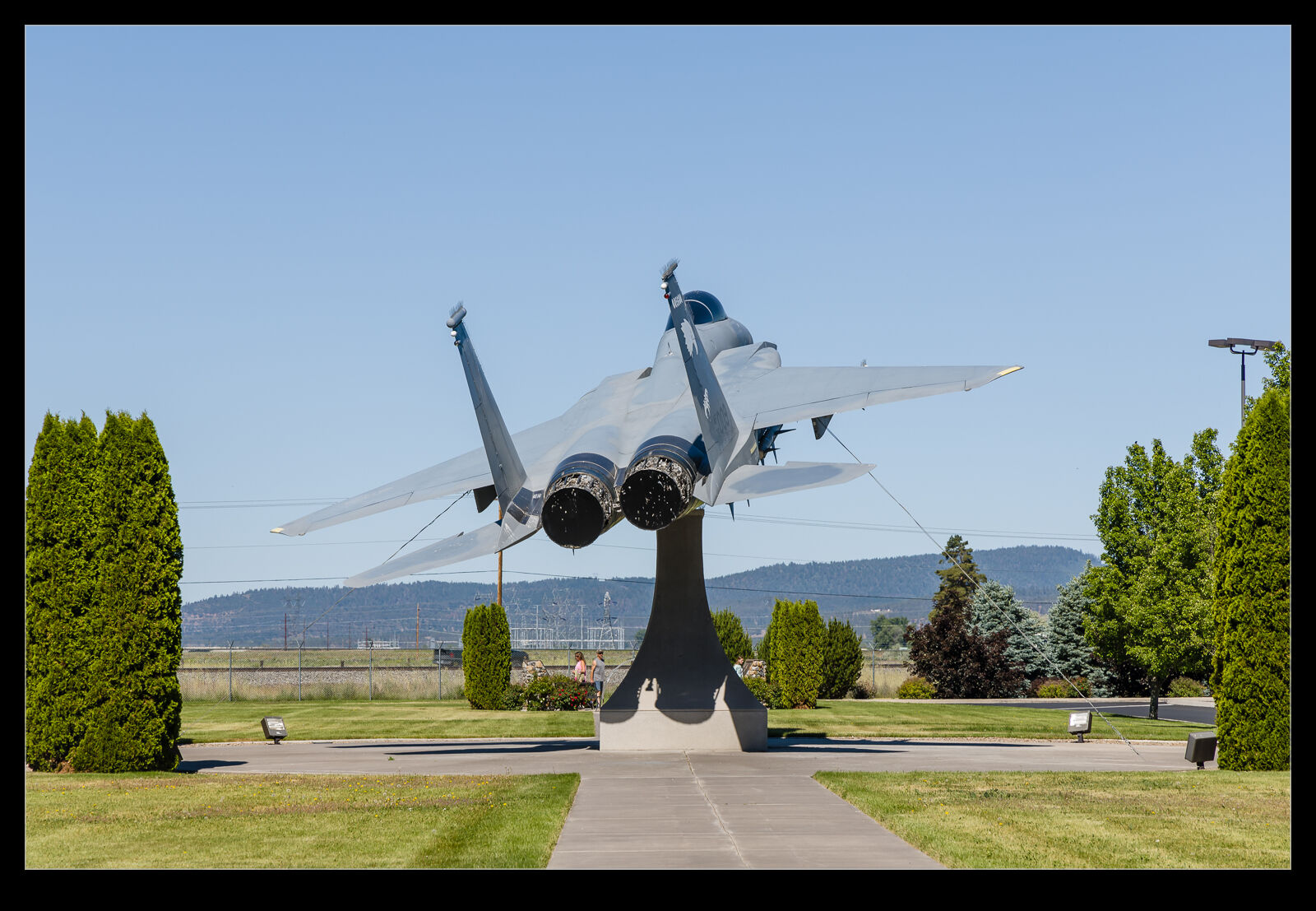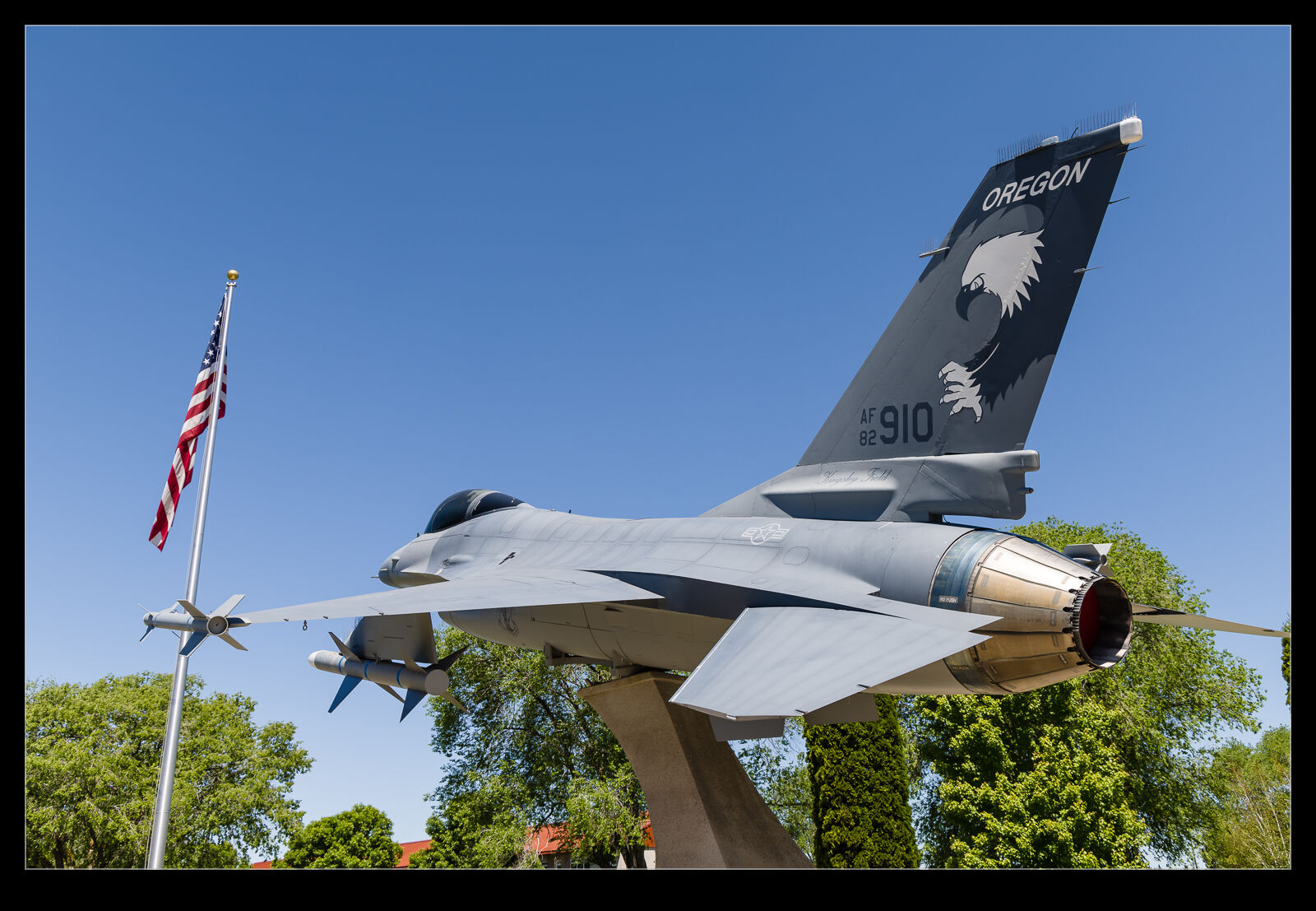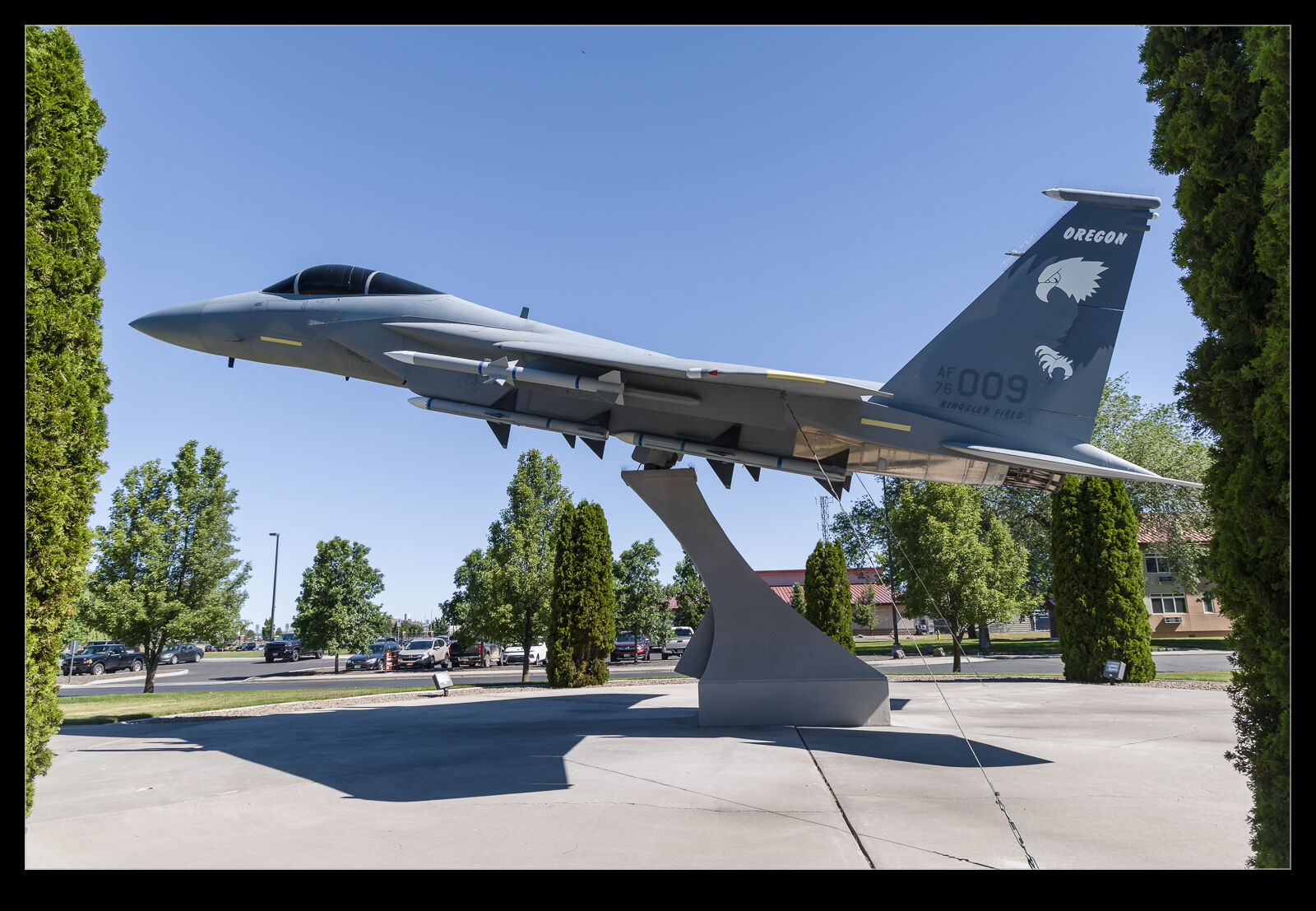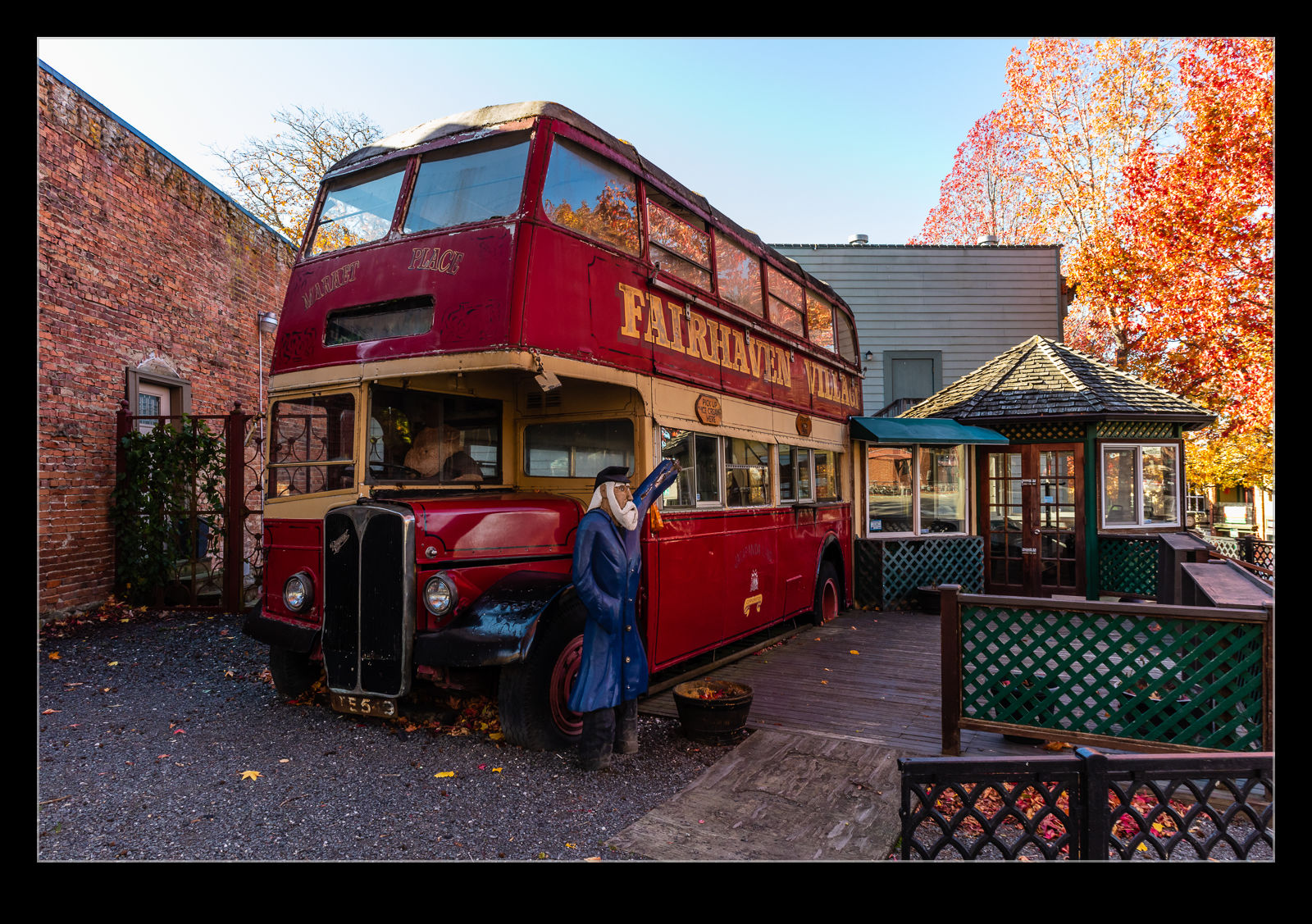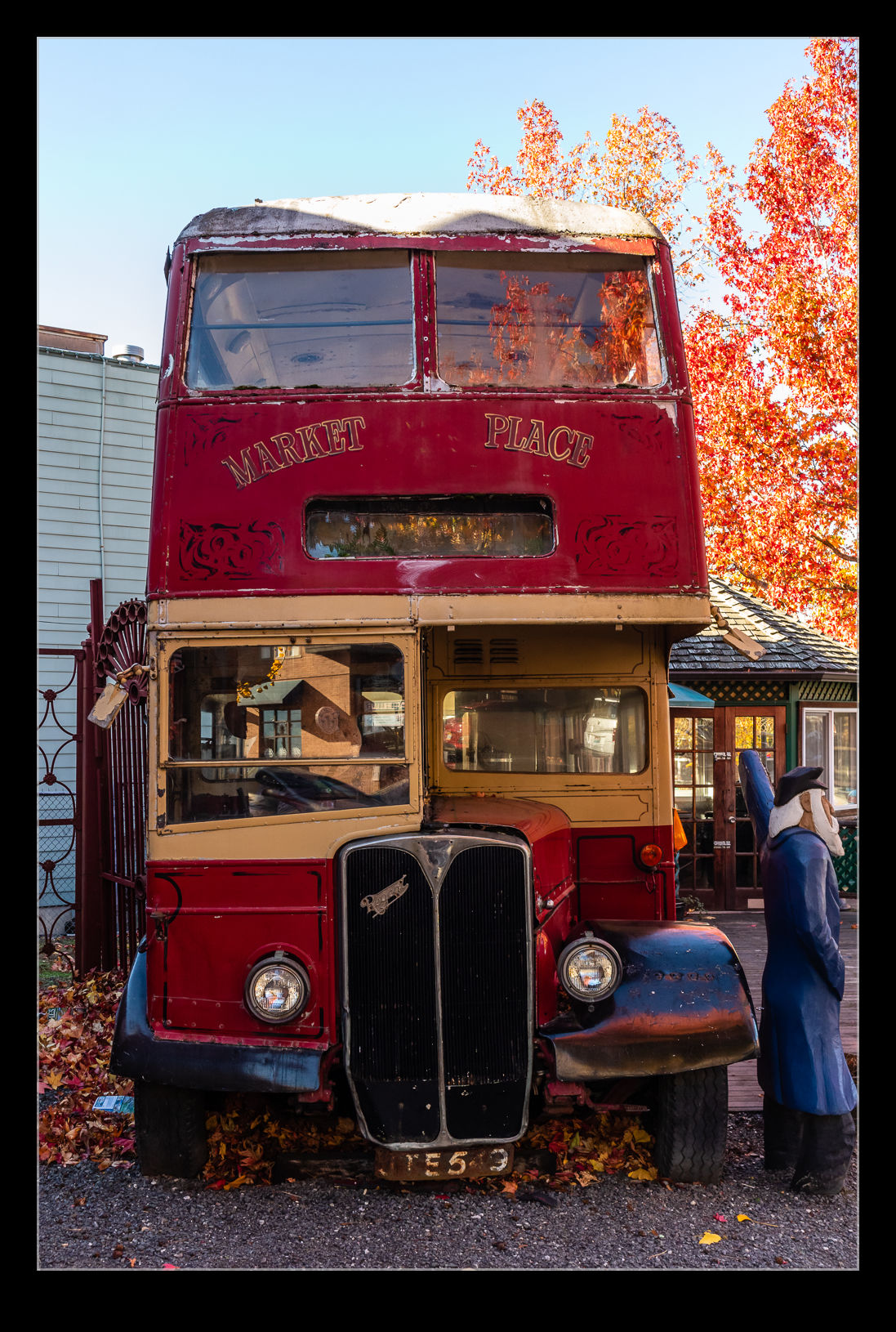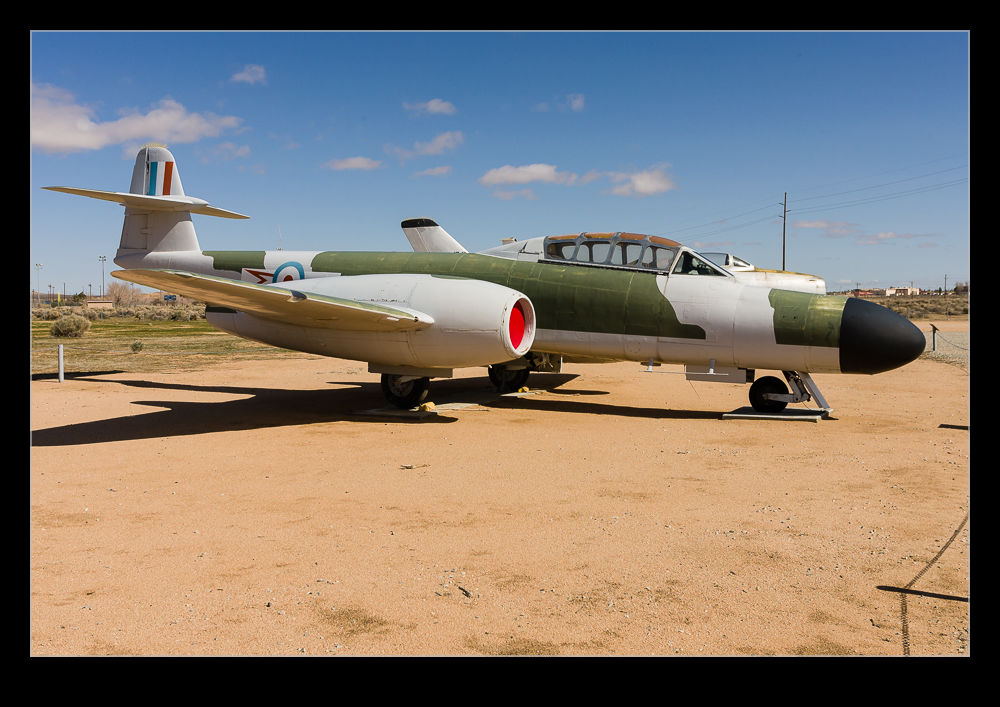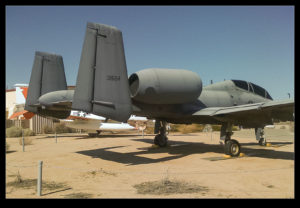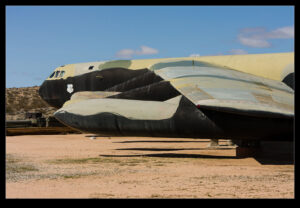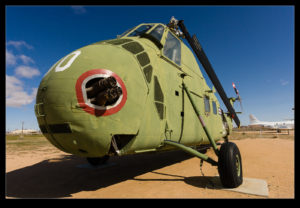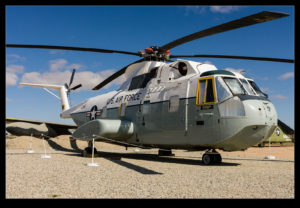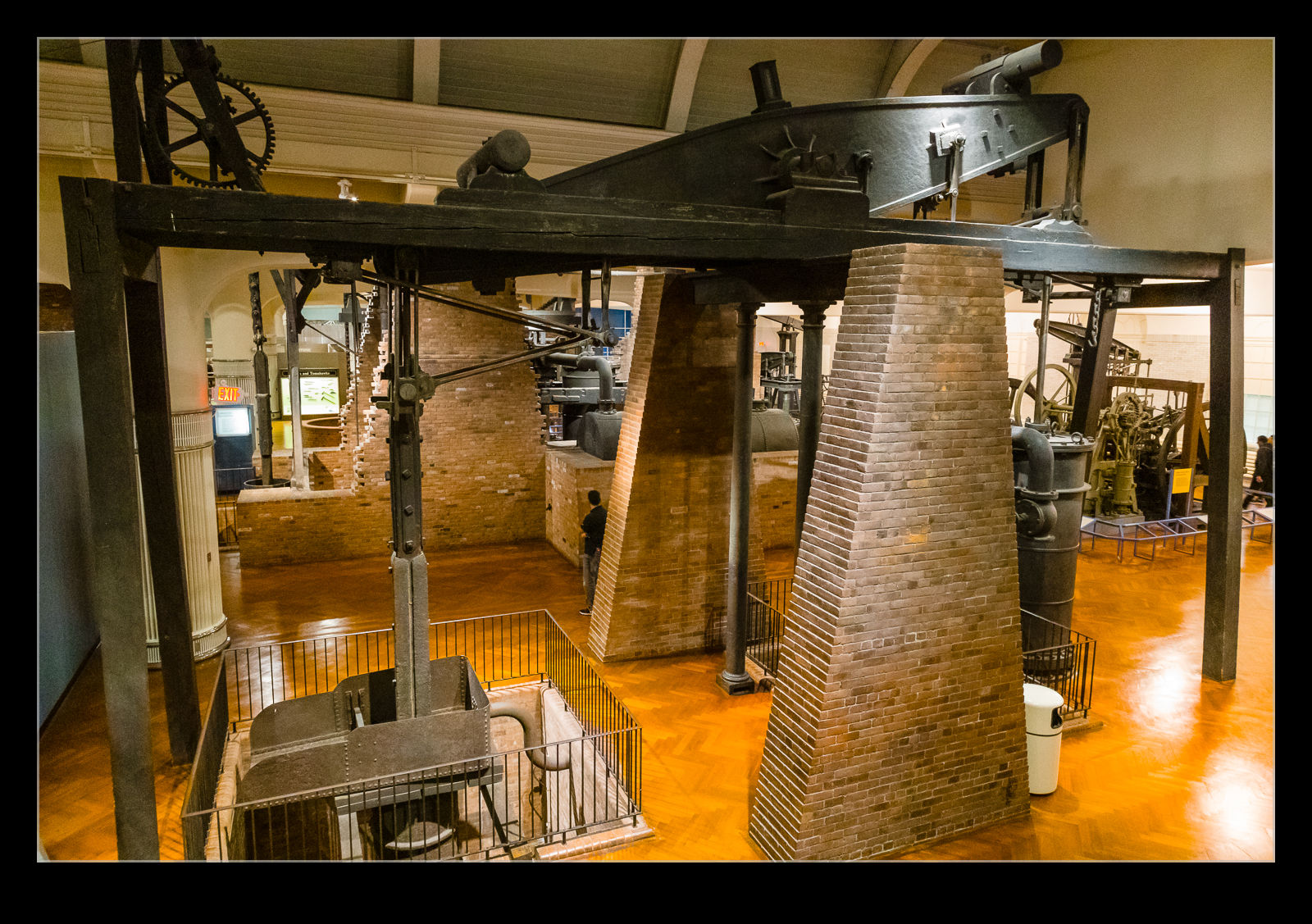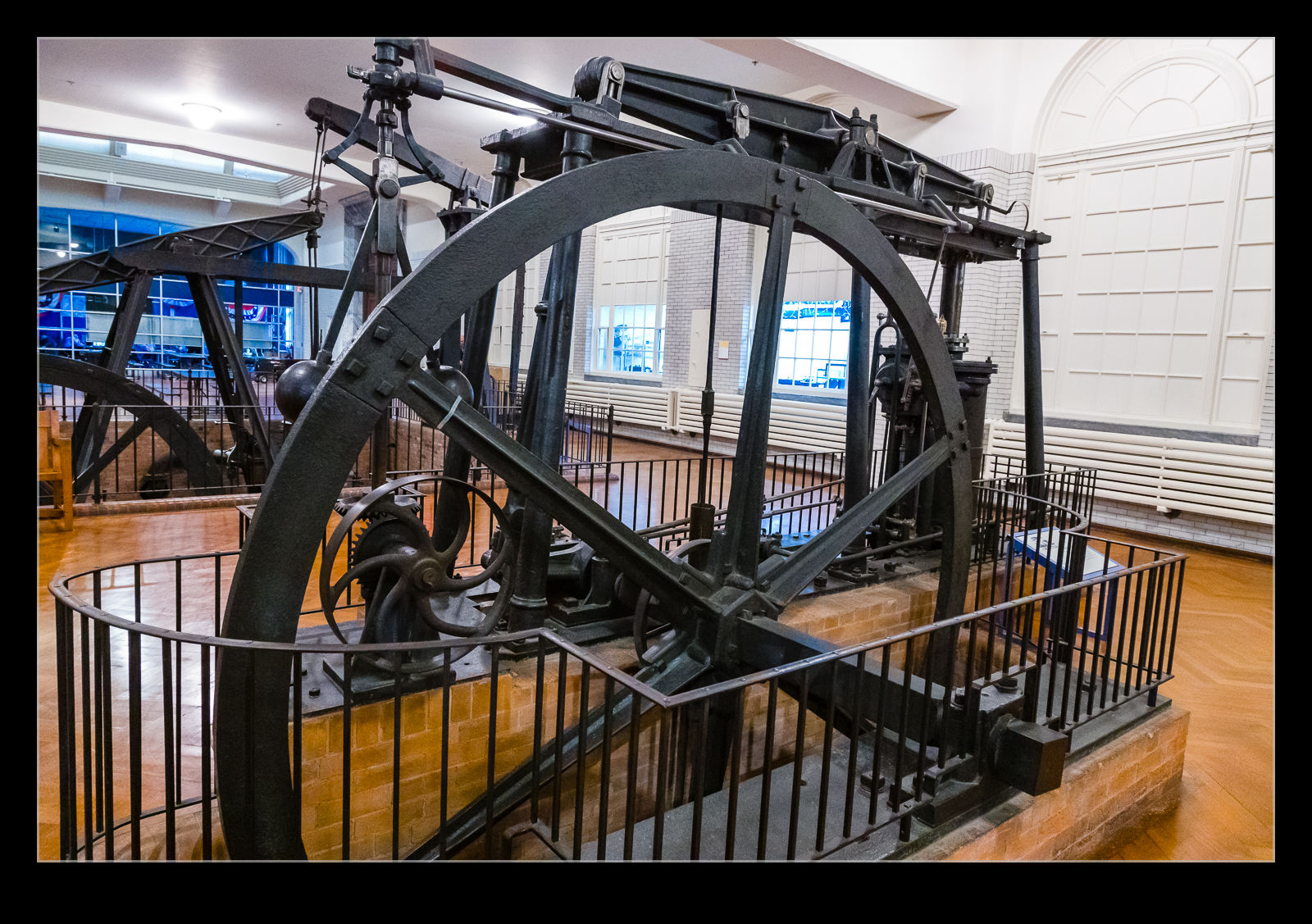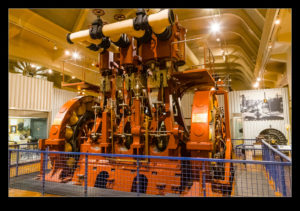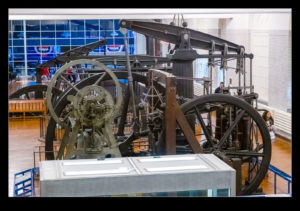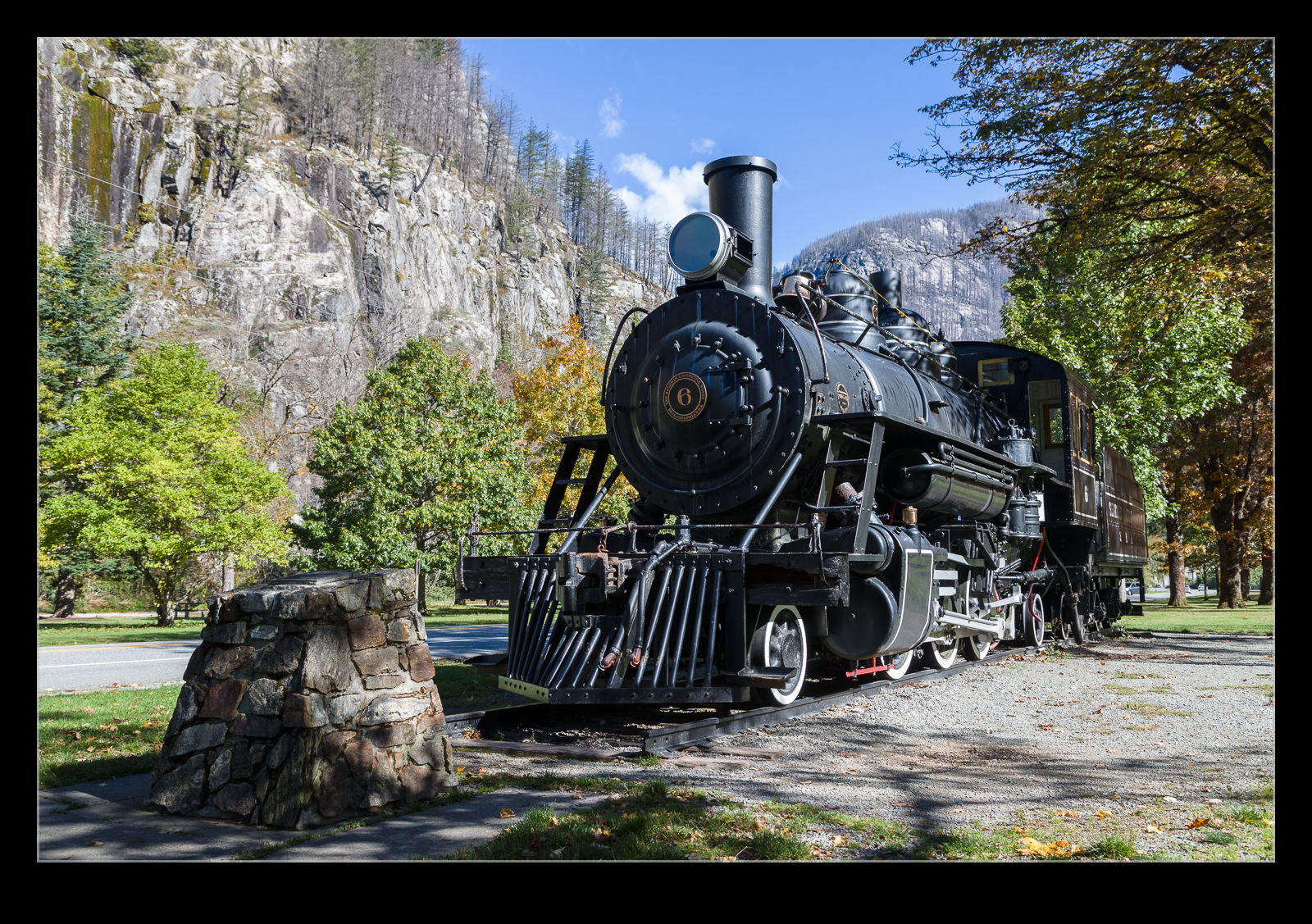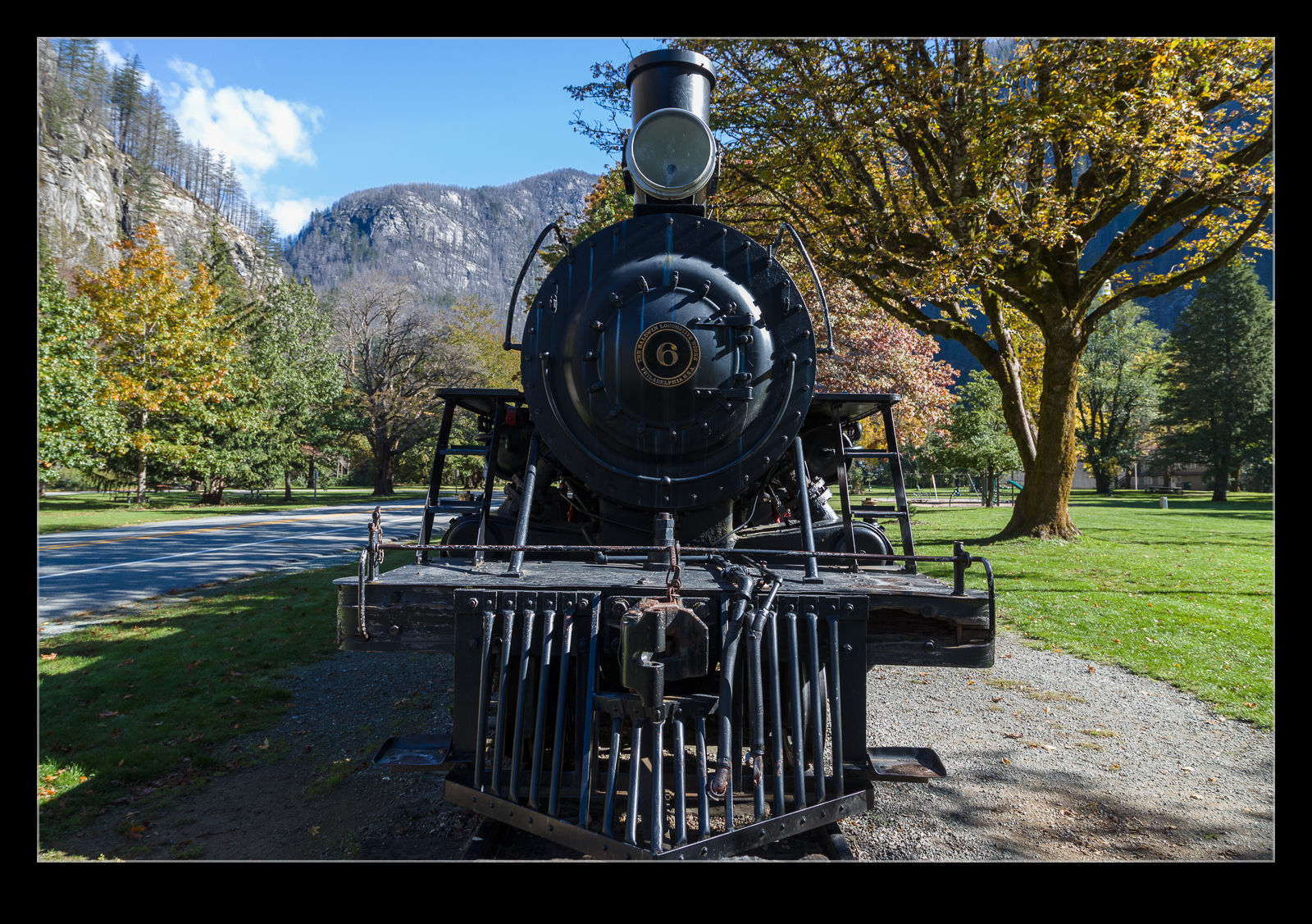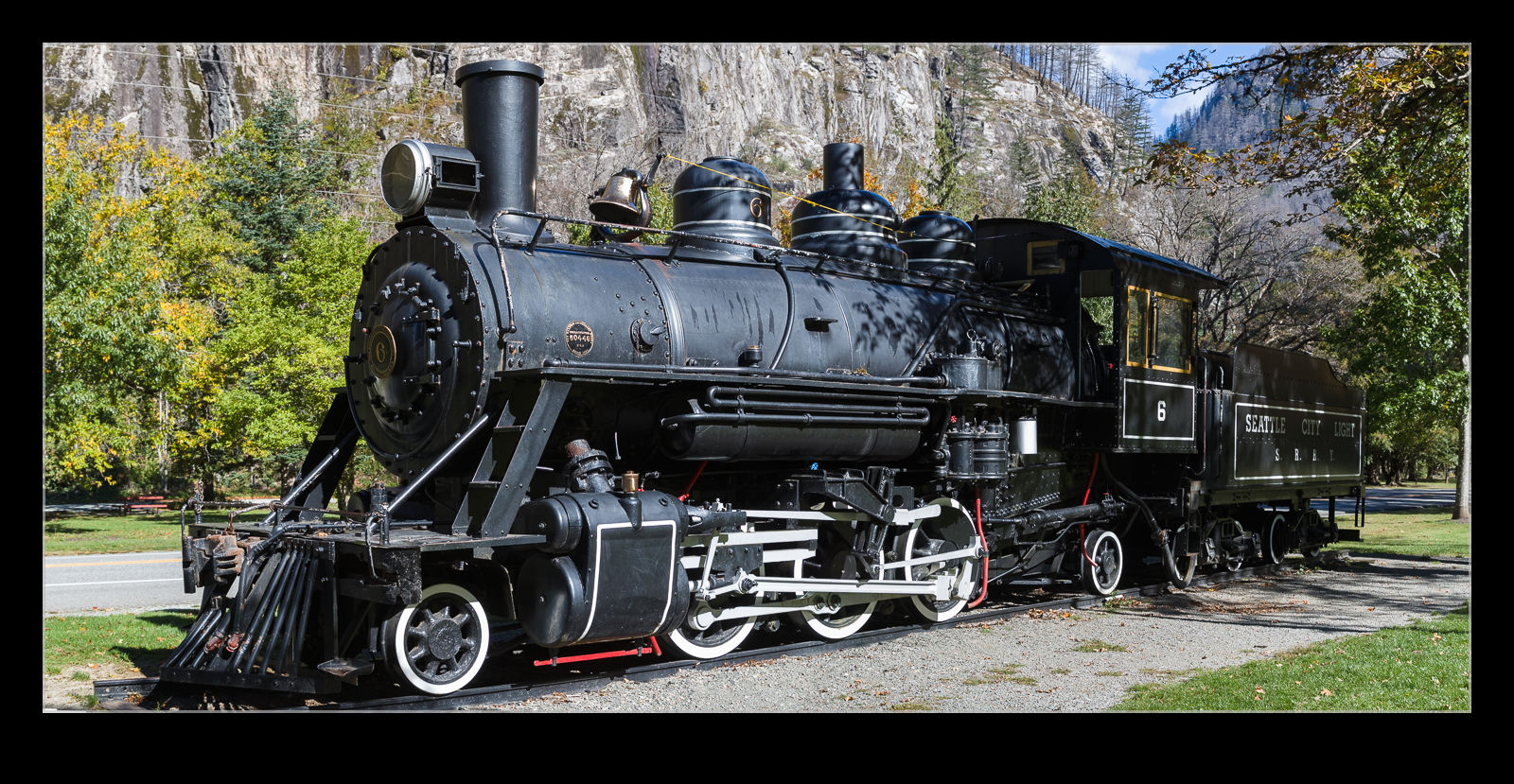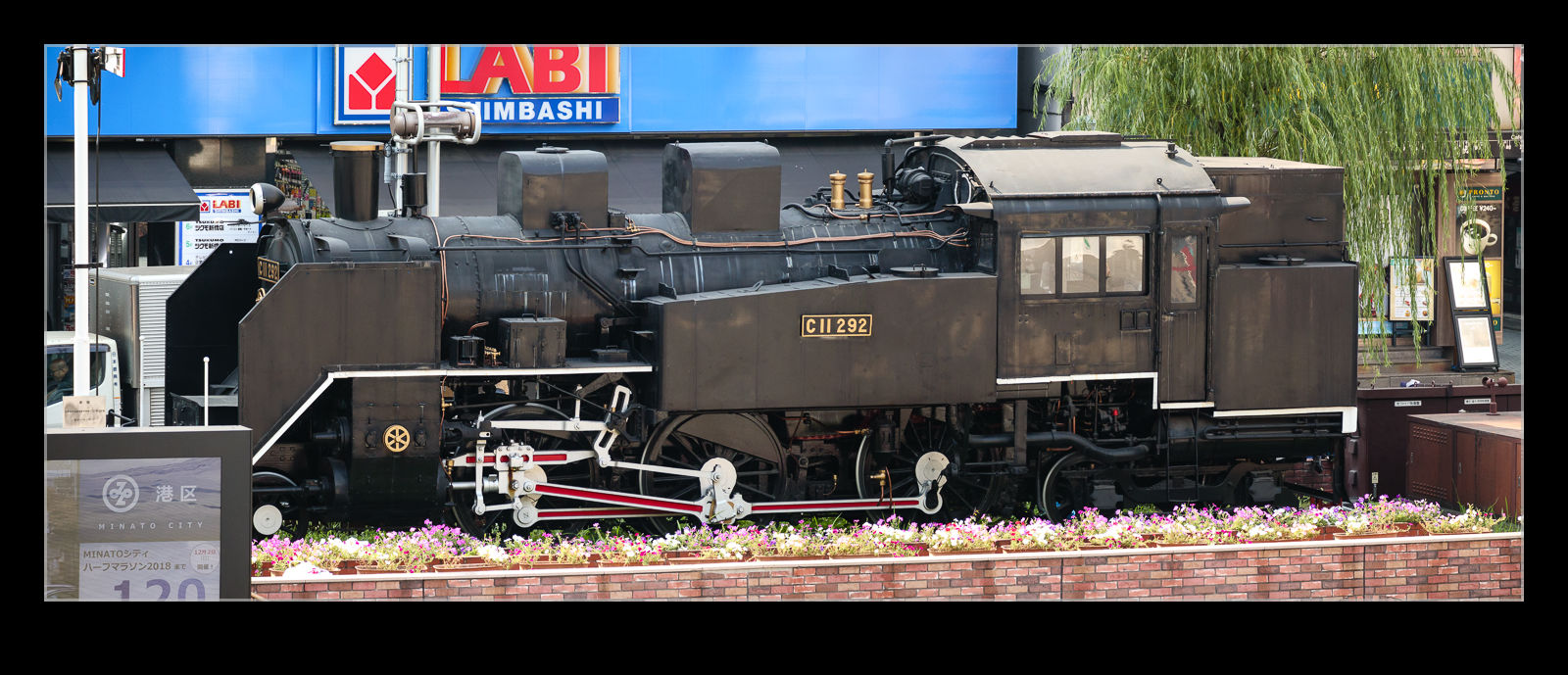 There are many aircraft that the British aircraft industry produced in the middle to late 20th century that did not end up being terribly successful. There was the occasional commercial product in there but a lot that did not have large production numbers, even by the standards of the day. It was not unusual for the Royal Air Force to end up operating a few of these as the government of the day found a way to prop up an ailing manufacturer. One type like this was the Bristol Britannia.
There are many aircraft that the British aircraft industry produced in the middle to late 20th century that did not end up being terribly successful. There was the occasional commercial product in there but a lot that did not have large production numbers, even by the standards of the day. It was not unusual for the Royal Air Force to end up operating a few of these as the government of the day found a way to prop up an ailing manufacturer. One type like this was the Bristol Britannia.
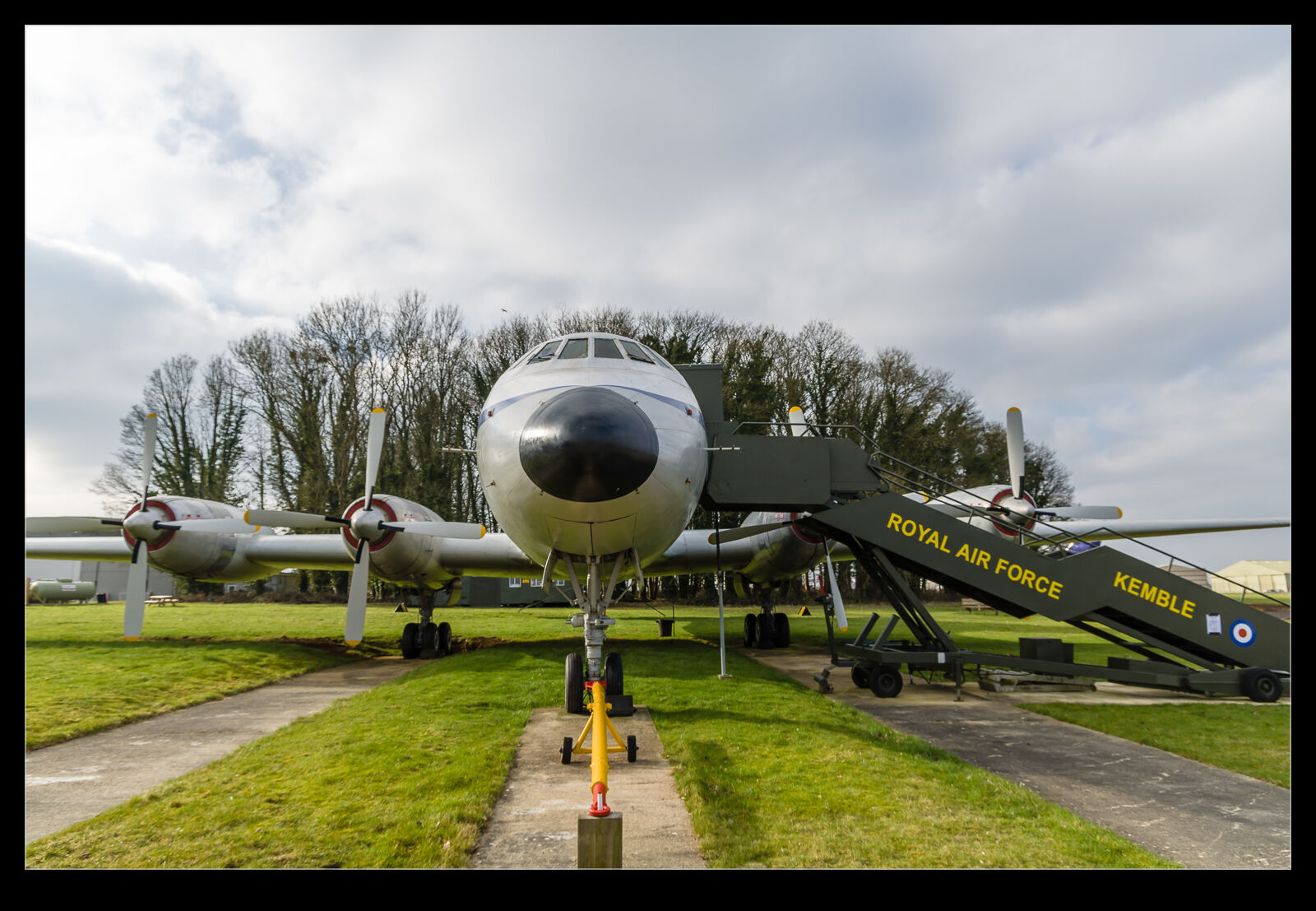 A turboprop airliner, it was too large given that jets had taken over the market by the time it was coming into service. The Royal Air Force was the “willing” recipient of some of these airframes and, for transporting troops that didn’t have a choice in the matter, they were probably just fine. One of these airframes, Regulus, is not preserved at Cotswold Airport at Kemble in Gloucestershire. I didn’t know it was there until I was driving around the airport killing some time. It looks to be in great condition. I don’t know how well it is handling the corrosion risk that damp UK airfields offer but I hope it lasts a long time. There are a few of these around but not many.
A turboprop airliner, it was too large given that jets had taken over the market by the time it was coming into service. The Royal Air Force was the “willing” recipient of some of these airframes and, for transporting troops that didn’t have a choice in the matter, they were probably just fine. One of these airframes, Regulus, is not preserved at Cotswold Airport at Kemble in Gloucestershire. I didn’t know it was there until I was driving around the airport killing some time. It looks to be in great condition. I don’t know how well it is handling the corrosion risk that damp UK airfields offer but I hope it lasts a long time. There are a few of these around but not many.
